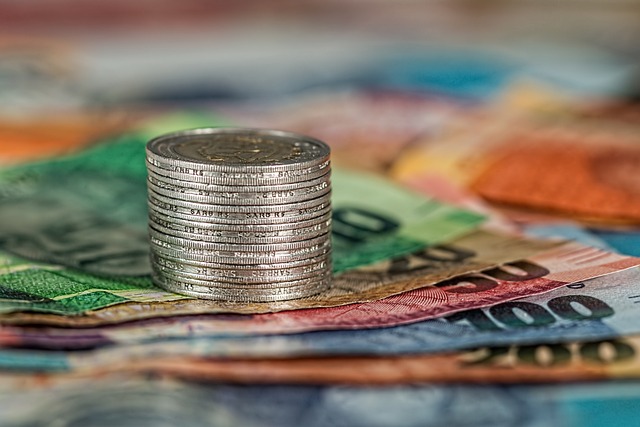
Photo credit: Pixabay
Owner's Equity: What it is, How to Calculate and its Components
Owner's Equity refers to the residual interest in the assets of a business after deducting its liabilities. It represents the net worth of a company and the ownership interest of the shareholders or business owners.
Owner's Equity is a key component of a company's balance sheet and is calculated by subtracting the total liabilities from the total assets.
The components in the Owner's Equity include common stock, retained earnings, and paid-up capital.
Table of Contents:
Common stock
Common stock represents the ownership interest of shareholders in a corporation. When a company issues common stock, it sells ownership shares to investors in exchange for cash or other assets.
Shareholders who own common stock are entitled to vote on company important matters, such as electing board members and approving major business decisions. They also have the potential to receive a portion of the company's profits in the form of dividents, although companies are not required to pay dividends to their shareholders.
Retained earnings
Retained earnings represent the portion of company's profits that have been retained and reinvested in the business instead of being distributed to shareholders as dividend.
Retained earnings accumulate over time as company earns profits, and they can be used for a variety number of purposes, such as funding growth and expansion, paying off debts, or investing in new projects.
Retained earnings are an important indicator of a company's financial health and can be used to assess its ability to generate profits and reinvest in the business. They are typically reported on company's balance sheet and can be used in financial analysis to calculate key financial rations, such as Return on Equity (ROE) and Earnings Per Share (EPS).
Paid-up capitals
Paid-up capital represents the portion of company's capital that has been received from shareholders in exchange for ownership shares.
When a company issues shares of stock, it can receive payment from shareholders in the form of cash or other assets. The portion of this payment that has been received by the company is considered paid-up capital. This capital can be used to finance the company's operations and investments, and it provides a source of funding for the business.
Paid-up capital is typically reported on a company's balance sheet and can be used in financial analysis to calculate key financial ratios, such as Return on Equity (ROE) and Price-to-Earnings (P/E) ratio. These ratios are often used to assess the financial health of the company and its ability to meet its financial obligations. Paid-up capital reflects the level of investment that shareholders have made in a company.
In general, Owner's Equity is important because it provides a snapshot of financial health of a company. It helps in determining the company's value, and can provide as an indicator of future financial performance. It also represents the source of funding for future invenstments and can be used to finance business growth and expansion.



